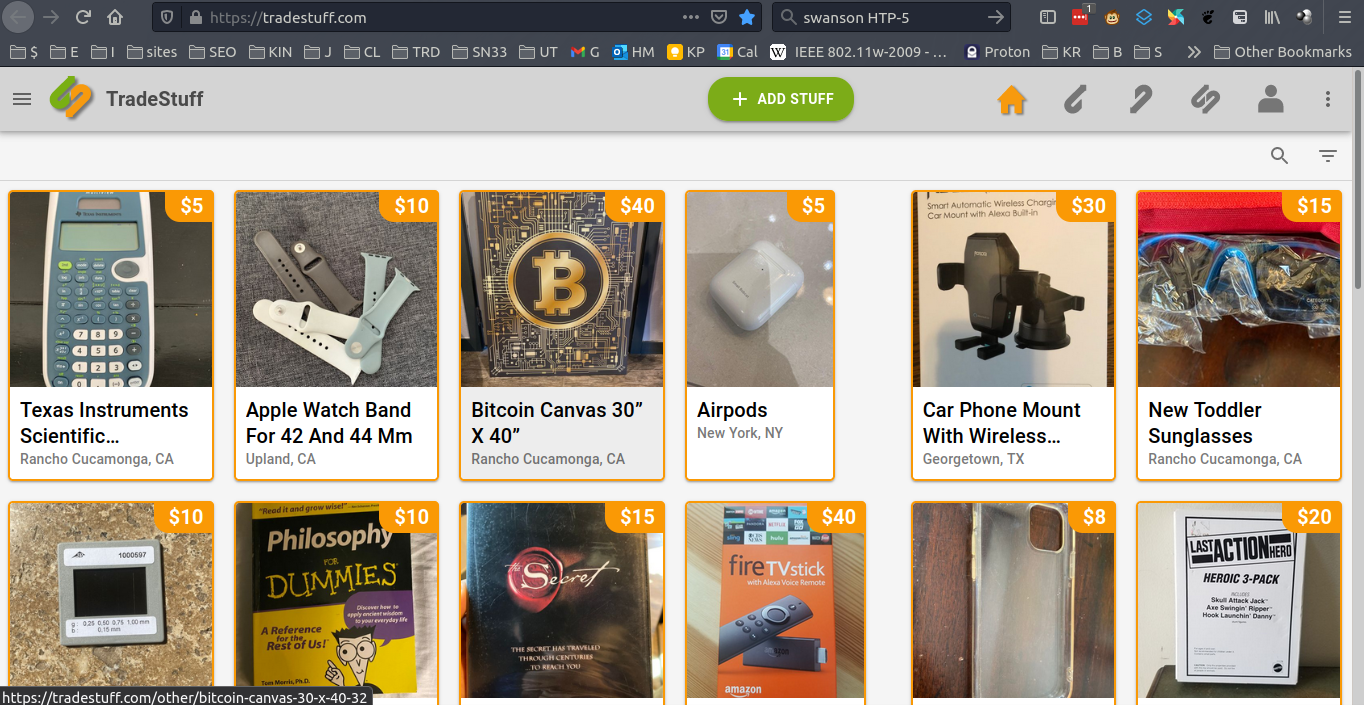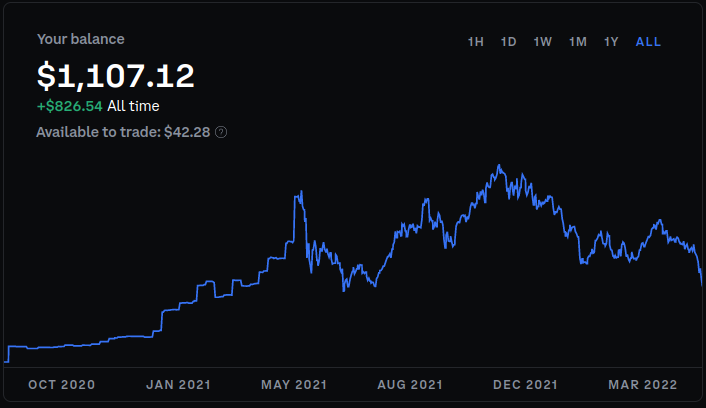No.
Media Mail is for books and media that don’t contain advertising.
There is an exception for ads in books where the ads are for other books sold by the publisher. This is because, in the past, several pages at the back of the book were ads… for other books. (The publishing business must have lobbied for this loophole.)
Catalogs are all ads, and don’t quality for Media Mail.
Personally, I don’t consider programs for art openings to be catalogs, even though they are ads. I generally don’t send them by Media Mail, however, because they’re expensive, and the recipient doesn’t want them arriving damaged.
However, I do consider catalogs for art auctions to be ads.
I’ve had packages opened by the inspector, so, it sometimes happens.
It’s important to pack the book using something sturdy, because you don’t want it to tear open. One time, I sent a book in a manila envelope – I’d been doing this a lot – and the envelope tore, and the book never got there. So I had to refund the entire cost to the customer (a big loss to me).
To see a complete list of what can be sent, see the USPS list.
Ways to Send Catalogs
First Class (Under 3 oz)
If it’s 3 oz or less, put it into a manila envelope, and put stamps on there. It’s regular first class mail, called “flats”.
First Class Package
If you need tracking, you can shove a piece of cardboard into the envelope, to stiffen it, and purchase a First Class Package label. The problem is, the cardboard will probably add an ounce. Fortunately, you can send packages up to one pound. Unfortunately, some catalogs are printed with heavy paper and ink, and weigh over a pound.
Priority Mail Flat Rate
An envelope is just under $10, and you can send a catalog that way.
Though that’s expensive, if you have multiple catalogs to send, you can pack a few into one envelope.
If you have even more to send, you can use Priority Mail Regional Rate A or B, or a “shirt box” Priority Mail Flat Rate Medium box. This is around $15, but you can pack it with a lot of product. You can order these at USPS.
Marketing Mail
If you send out a lot of the same catalog, for a business, you can use a special bulk mail rate called Marketing Mail. I’m sure the direct marketing lobby demanded this rate.
Basically, if you’re sending hundreds of catalogs, and use all the bulk mail technology to create the labels, sort the mail, and all that, as well as have an account with USPS, you can send catalogs at a very low price.
I’m also pretty sure you don’t quality to use Marketing Mail. This is just here for educational purposes.


